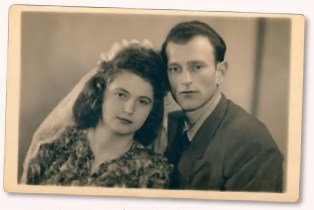
Artist-photographer Stella Sallman was born in 1956 in Melbourne to post-war immigrants David and Tamara.
In 2017 she donated to the Jewish Holocaust Centre poignant artefacts of their history; a metal suitcase, photos including this one from 1947 of her newly wedded young parents, an army rucksack and landing permit that had belonged to her father, who served during WW2 in both the Red Army and the Polish Army and, knowing Russian, Polish and English acted as an army translator. When the conflict ended and he had survived, he joined Bricha, the Jewish underground organisation that helped smuggle Jewish refugees to pre-State Israel on illegal boats.

Sallman spent her first 8 years in the vibrant milieu and cosmopolitan melting pot of St. Kilda, enjoying its continental delis, cafes, and diverse shops, alongside iconic landmarks Luna Park and the Palais Theatre. In 1964, the year the Beatles came to Australia, her family moved to the predominantly middle-class area of Glen Iris and bought the family’s first television. This significant shift in her surroundings also entailed enrollment at Mac.Robertson Girls’ High School in South Melbourne, in 1970, the year of the Vietnam moratorium. She remembers that living through the 1970s was to experience a time of significant change in which she became increasingly aware of politics.
For her fifth year of secondary education she went Swinburne Technical School to pursue a developing interest in art;
“I would absorb myself in art books from Malvern Library and was fascinated with my discovery of Kabuki theatre, Surrealism, Dali and Magritte. I was drawn to the mystery and drama of other realities.”
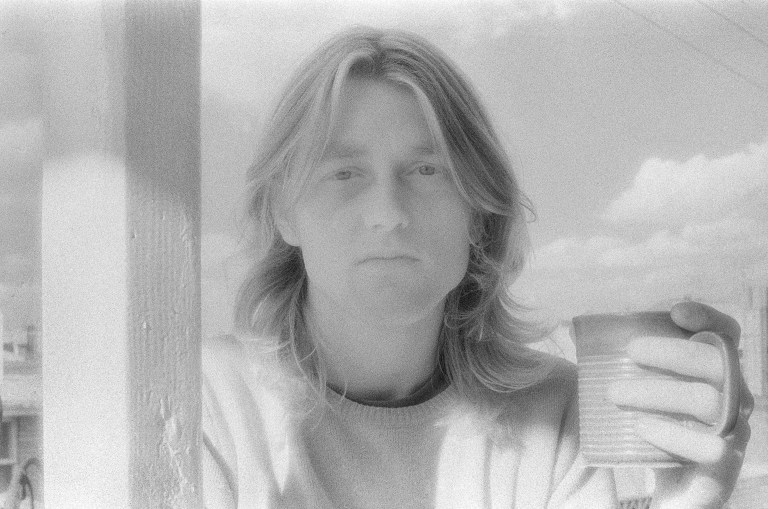
In 1974 she took Preliminary Year at Prahran CAE as an alternative for HSC, a year in which she became interested in Photography:
“I discovered the magic that can be created in the darkroom, which prompted me to apply for the Diploma majoring in Photography. In my year, I was the only student under the age of 20; everyone else had come from various work backgrounds, and there was only one other woman in my class.
Athol Shmith was the Head of the department, Paul Cox was the Senior Lecturer, and there was also John Cato, Bryan Gracey, Derrick Lee and art history with Norbert Lloeffler, along with other guest lecturers from time to time. The works of Richard Avedon, Cartier-Bresson, Brassai and Man Ray left an indelible impact on me, an inspiration to learn, look and find things I hadn’t seen before.
Rennie Ellis down in nearby Greville Street was a breath of fresh air with his enthusiastic energy. His colourful imagery exposed me to a new range of photography through which one could look from the outside and into the worlds of other people with freedom and lack of inhibition. This was a big influence on me; I liked to take photographs of “unusual” people.”
Living throughout her life with a hearing impairment and having to compensate for that in other ways, she believes, has made her a close observer of people.
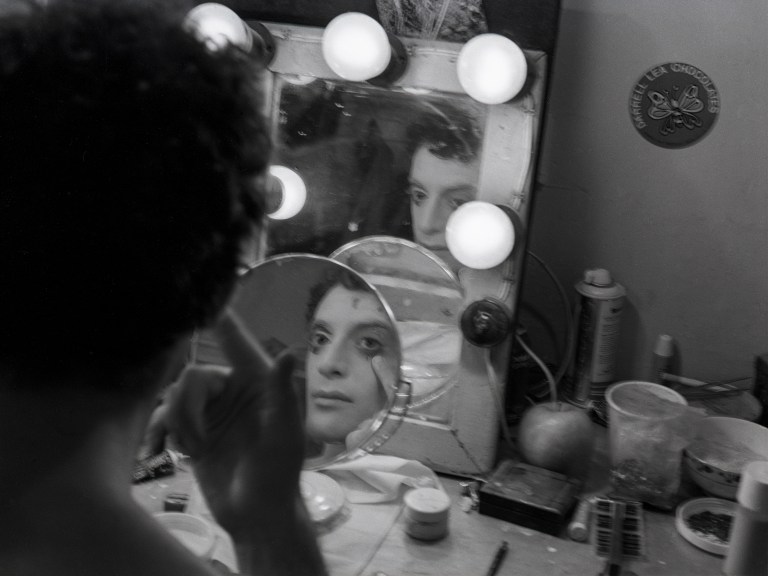
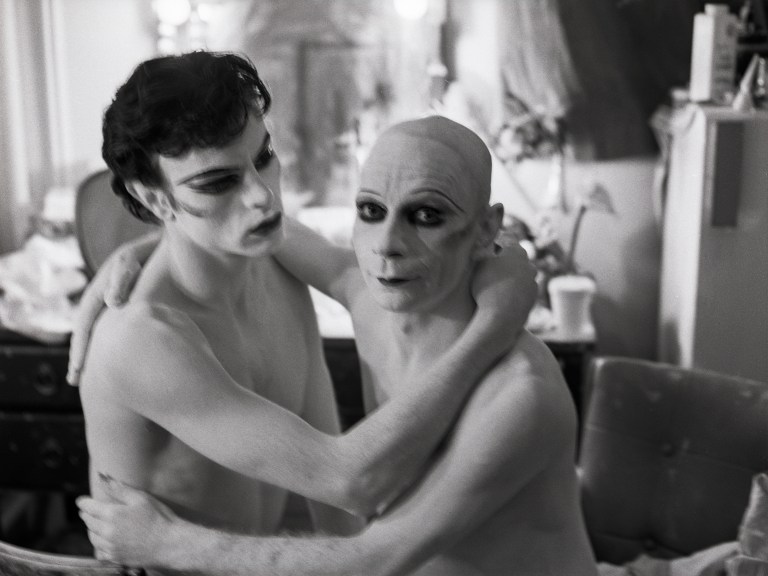


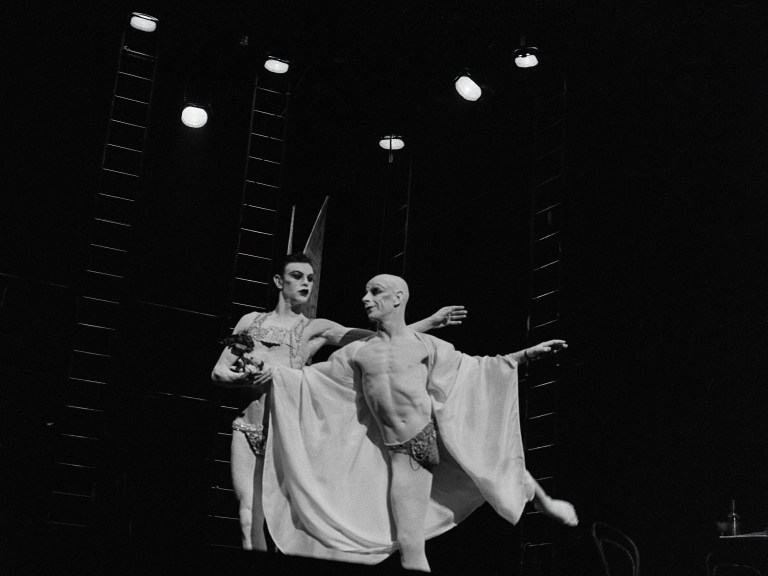




Sallman found herself enthralled with Athol Shmith and his fashion and studio work;
“In particular, I remember an image of breathtaking flawless beauty and perfection in his portrait of Vivien Leigh, taken in stage makeup and costume for “Camelot”. It looked like a picture from a fairytale. It was Athol who steered me to contact Mirka Mora to photograph her. I had no idea who she was but was intrigued to find out, so I did.”
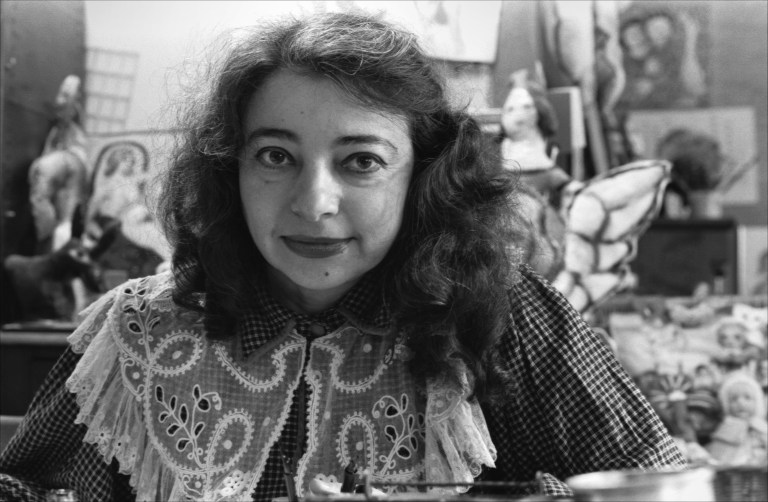
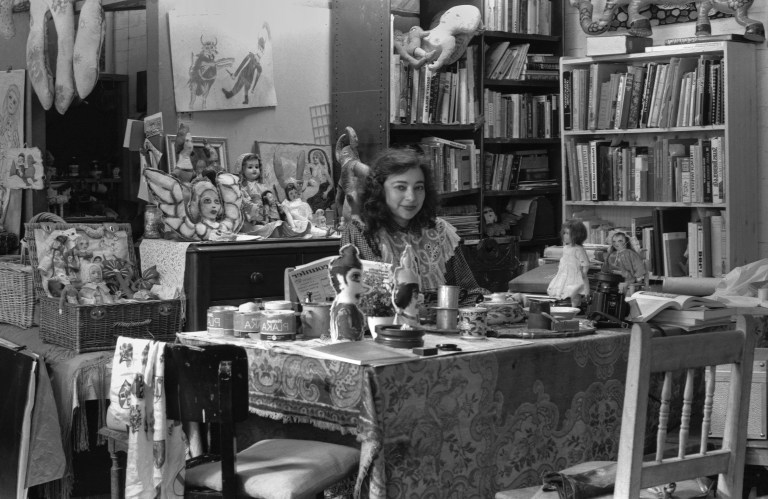
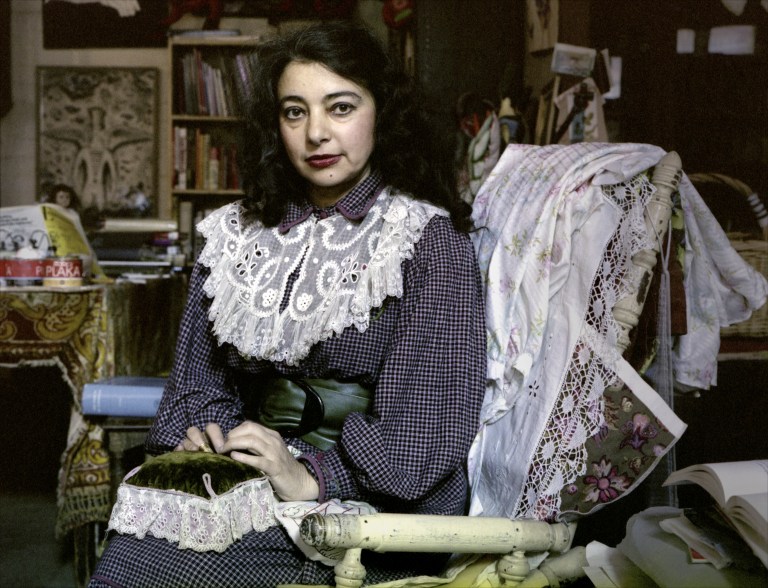
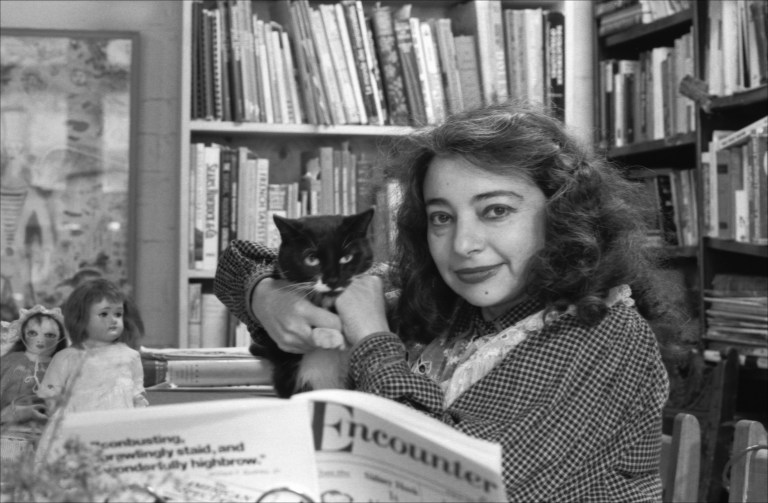
“Stepping into the world of Mirka Mora in 1977 was like waling into the pages of Alice in Wonderland, to encounter this magical childlike creature dressed like a Victorian doll with a tinkling French voice, surrounded in a fantastical Aladdin’s Cave of her artwork, treasures and her cat. I am forever indebted to Athol for guiding me to this experience of photographing and spending time with her. Not long after this, the first of the painted Melbourne trams rolled out, and I was always excited when the No.6 tram painted by Mirka Mora appeared. I would travel in it feeling special in Mirka’s world to my classes at Prahran CAE ! Thank you Athol!”

Stella would go to Sydney for holidays, staying with family members, and delighted in its contrast with Melbourne, which to her seemed parochial by comparison.
“There in 1977 I came upon the Punk world, very much in its fledgling days then and perceived to be quite outrageous at the time. I photographed such people, who looked formidable, but were actually very open and approachable. Their rebellion against the mainstream, I found inspiring. I met Sue, who was part of the Punk movement and photographed her and her two friends, Simon and Carmen with whom she shared a house in Bondi, at their home.
The following year I photographed them again at their home, with a medium-format Mamiya 645, and was invited by Simon to take photos at a strip club where he was performing, in Kings Cross. This was the beginning of my Punks series, to which I also added photos taken in St. Kilda, Melbourne. I was also discovering and enjoying the process of taking colour images and printing them at Prahran CAE.
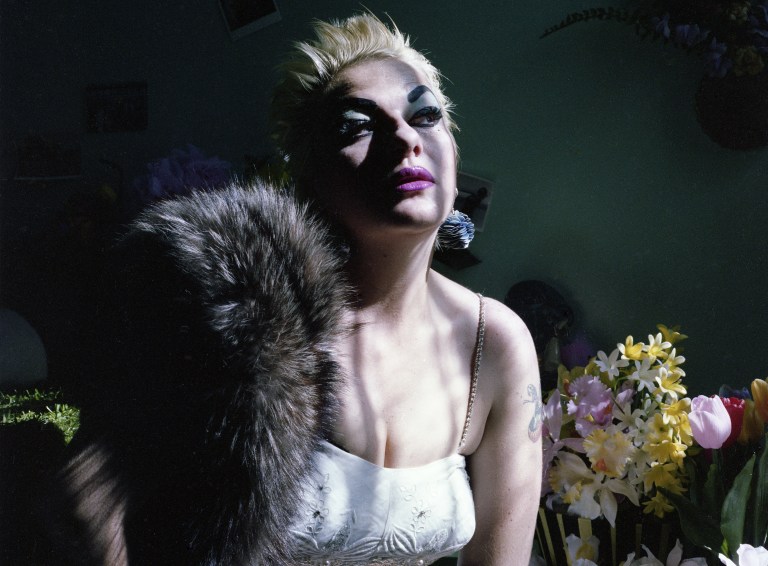
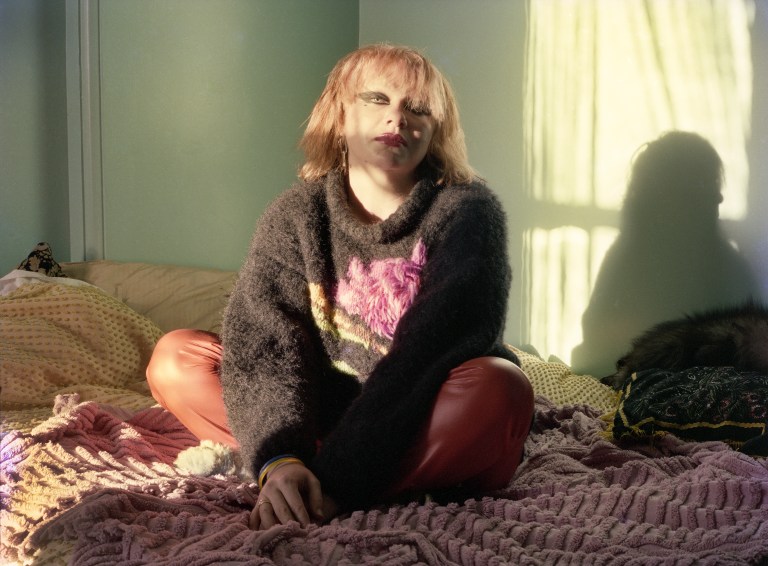
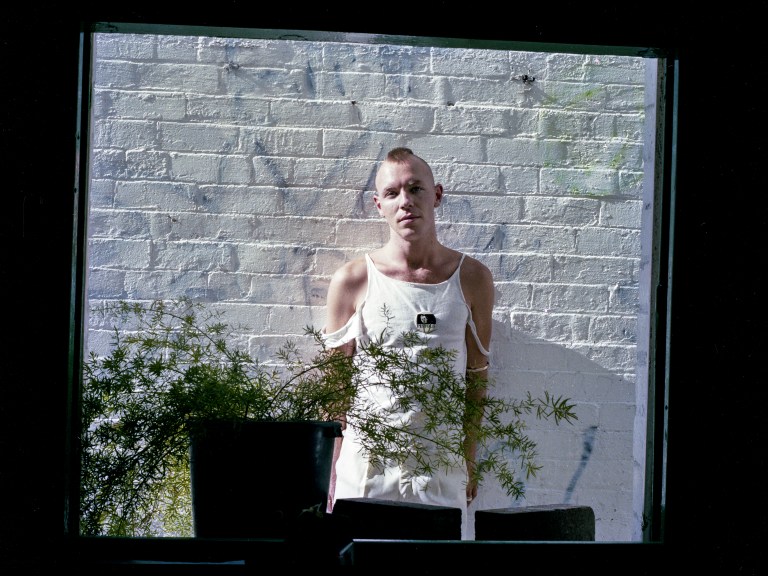
Simon invited Stella to photograph at a strip club in Kings Cross where he was performing.
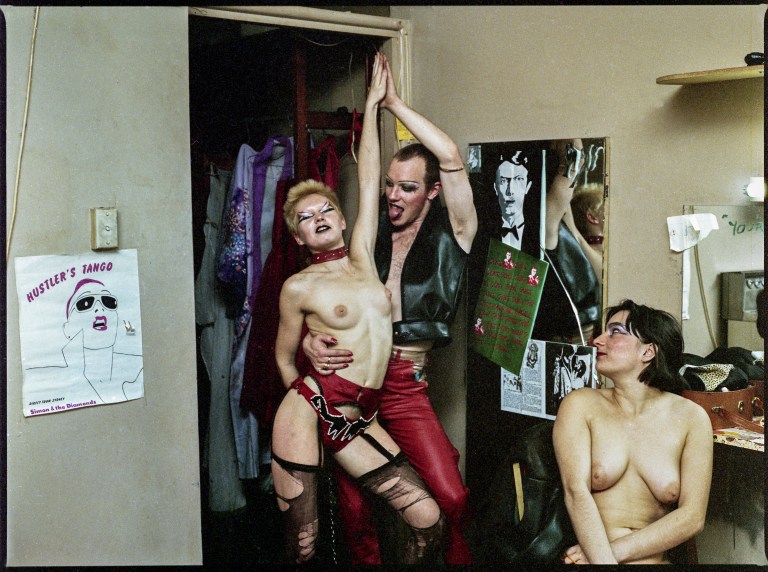
 At the end of he final year of study in 1978, Rennie Ellis, excited by her subject matter and bold approach, invited Sallman to exhibit her Punk series in his Brummel’s gallery, with Jon Rhodes; “Athol came to the opening night—I was quite excited, and nervous.”
At the end of he final year of study in 1978, Rennie Ellis, excited by her subject matter and bold approach, invited Sallman to exhibit her Punk series in his Brummel’s gallery, with Jon Rhodes; “Athol came to the opening night—I was quite excited, and nervous.”

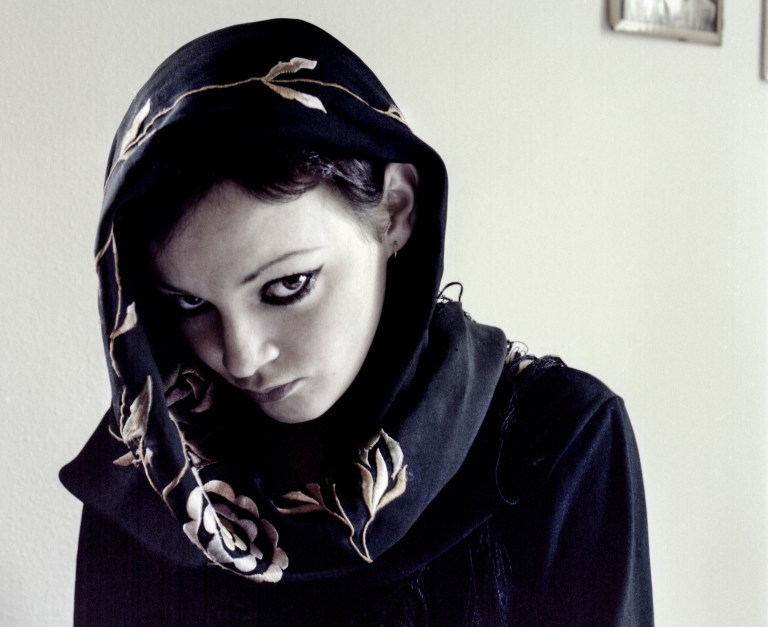
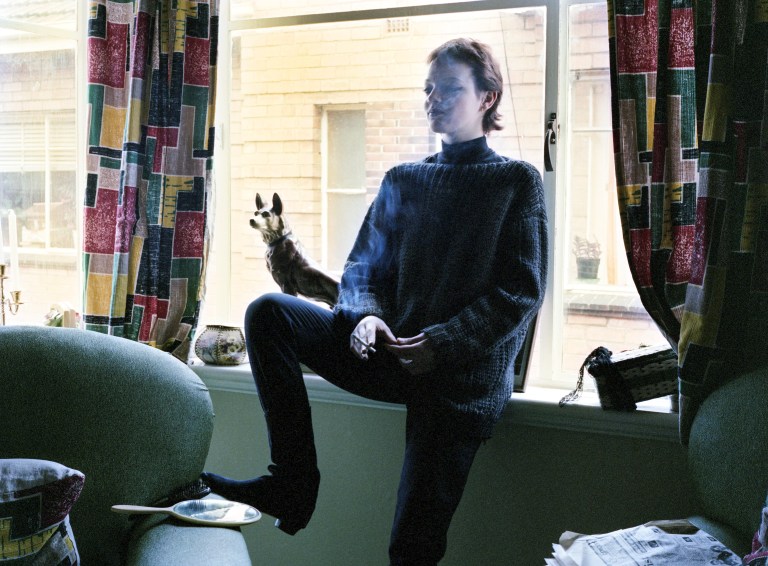


Sallman’s show was met with a caustic review by Tony Perry in The Age, littered with typos including a misspelling of her name under the photograph which the picture editor had chosen rather than that of the main subject of the article, Jon Rhodes. Perry was then working at Photography Studies College, the commercial rival of Prahran.
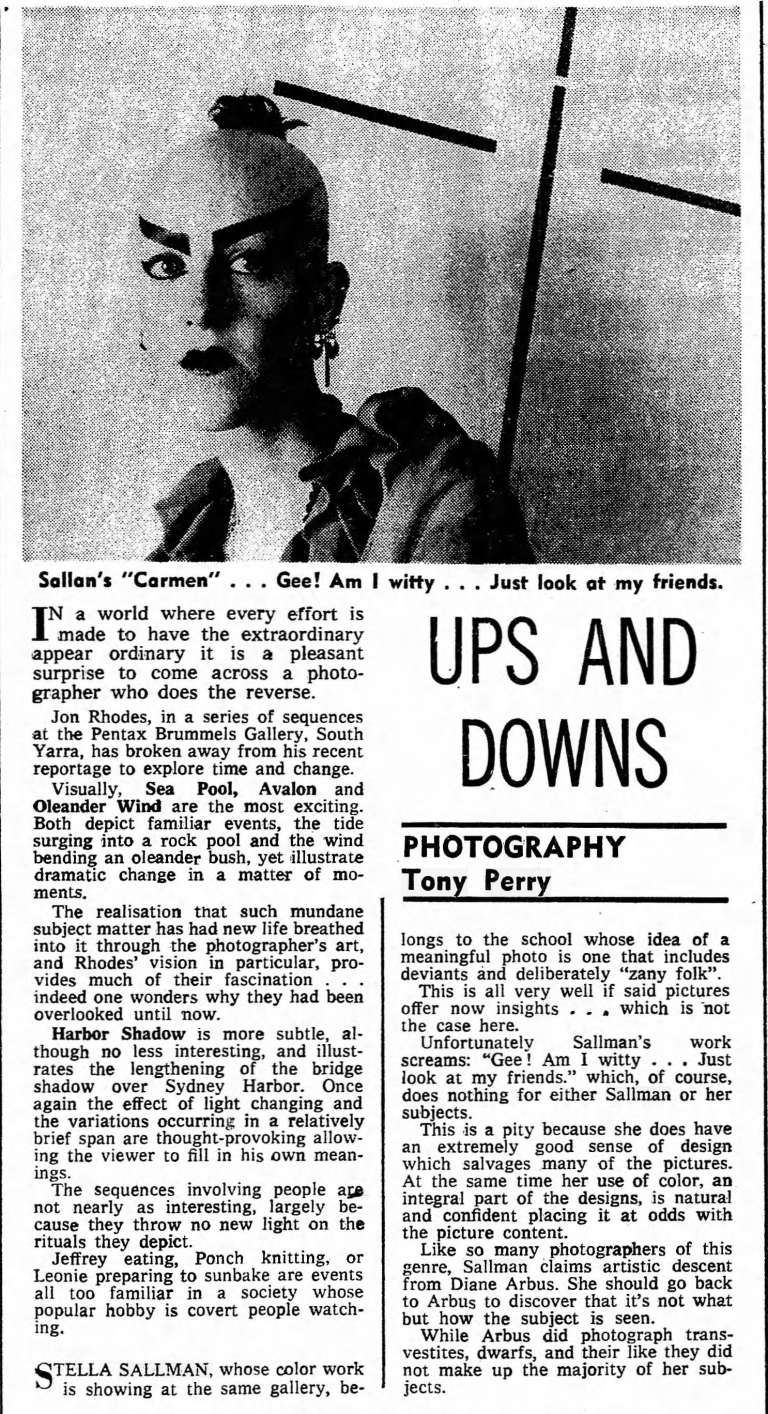
Seven weeks later, no doubt under some pressure from his colleagues, Perry attempts to justify his “unusually harsh” review and concedes that “the photographs of both Sallman and Clark are well above the average” and that Sallman’s colour printing is superior. Sadly, there appears to be no trace of any continued work in photography by Clark.
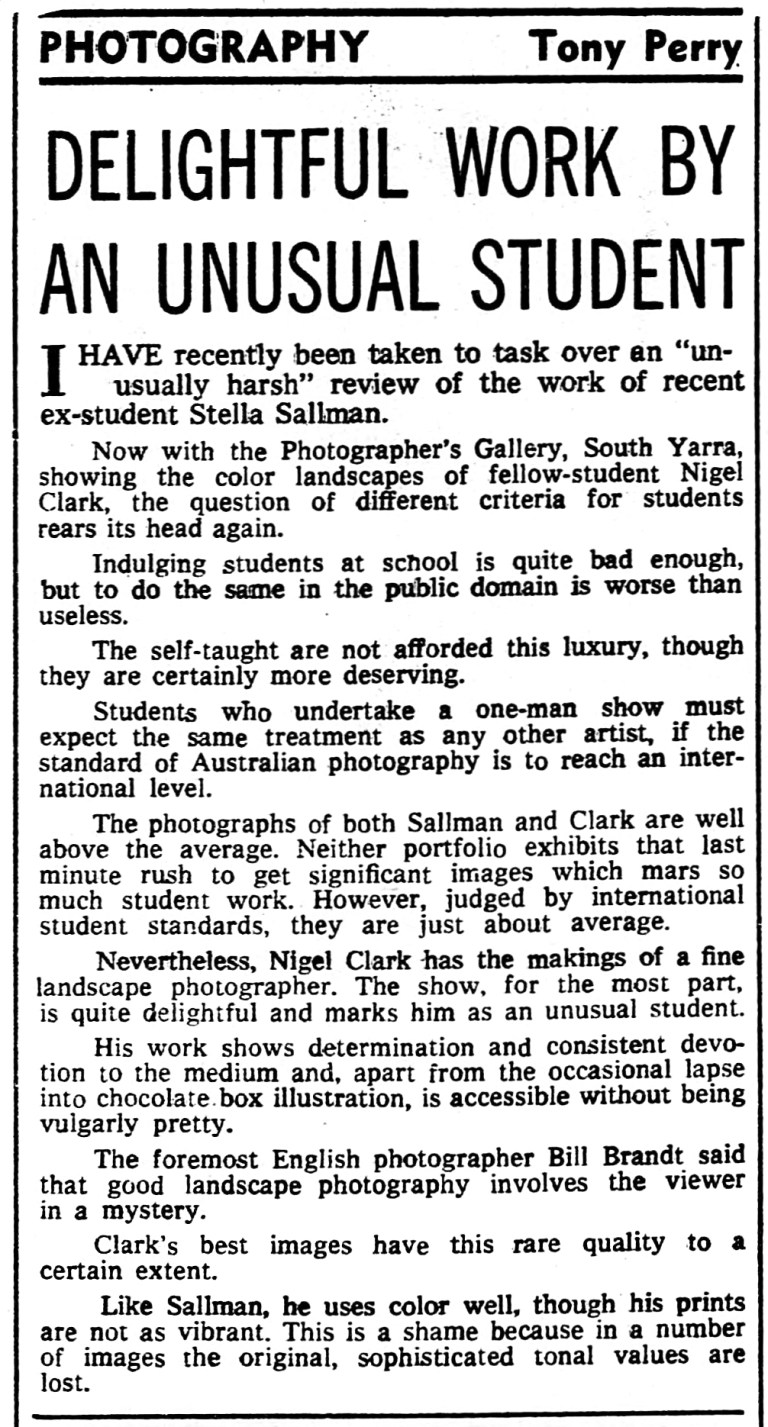
Subsequently Sallman freelanced, making portraits and doing some publicity shots for Marcia Hines and new wave band Meo 245, but after trying for eight months to get employment in photography and regular income more substantial than the dole, she joined the Tramways with the encouragement of a couple of friends who worked there:
“I did not like the idea of being a trammie at first. It is certainly a different world to anything else I’ve ever experienced. The women who work on the trams are largely outnumbered by men, but receive equal pay. Most of them are over 35, are housewives with families. It is ironic that with the massive number of unemployed the Tramways are so desperately under-staffed. Perhaps this is an indication that there is a stigma attached lo working on public transport serving the always dissatisfied public.”
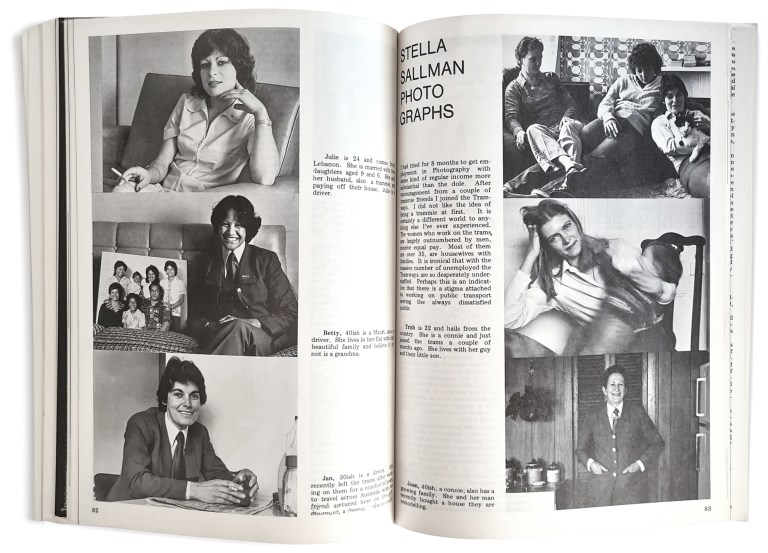
Having become interested in the women’s movement while at Prahran, Sallman made contact with Janine Burke, one of the founders of the feminist arts publication, LIP who published her photo series of tramways women in the 1980 issue, on the covers of which were the ‘art trams’ painted by Erica McGilchrist and Mirka Mora.
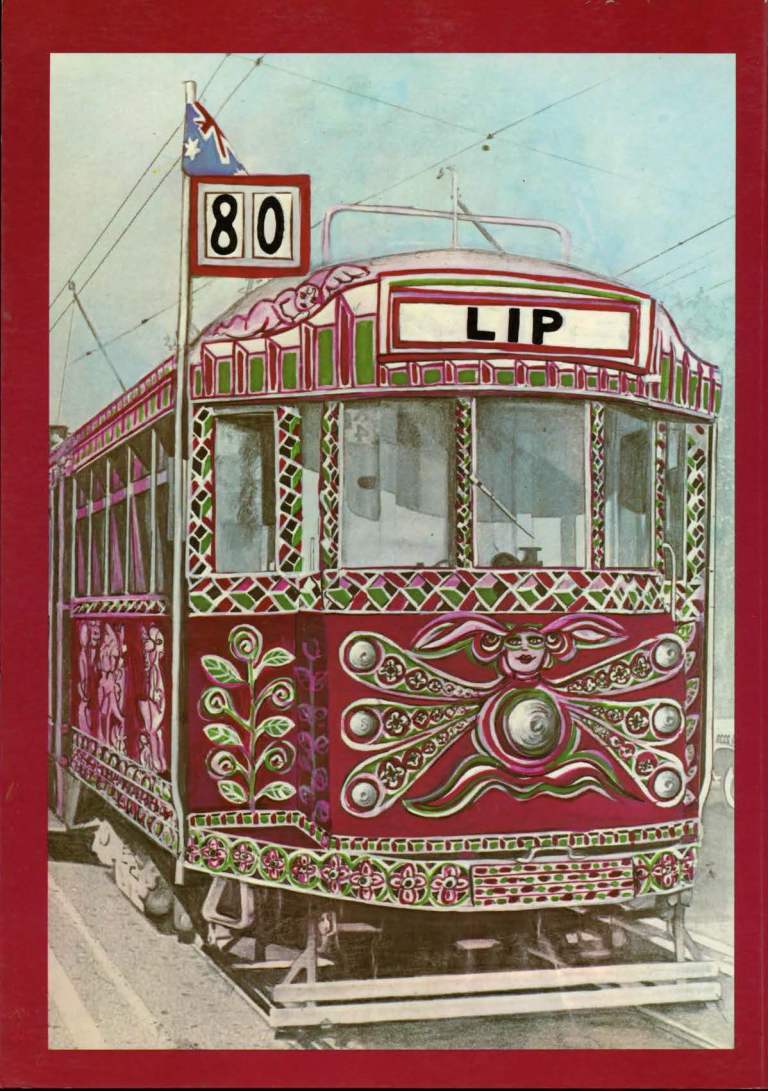
Sallman spent the years 1980-82 travelling in the UK, USSR, USA and Europe. Working in London in retail and photo labs she took short trips to Paris where she had some family. It was an exhilarating time of adventure and discovery of the new and unknown, the history, culture, architecture and museums that she had only seen in books;
“I took many photos and found it easier to get my foot in the door of magazines in London as there was just so much happening at the time, compared to Melbourne where it was virtually impossible if you weren’t already established. After returning to Melbourne in 1982, I worked in colour photo labs, as this was the only work I seemed to be able to get.”
She married and started her own family while restoring and renovating their weatherboard Edwardian house in Malvern.
In 1996 Stella returned to study, taking Interior Design & Decoration at RMIT, and rediscovered the world of Art & Design again;
“The principles of Art & Design are, I believe, universal in all fields; light, composition, space, dominance, focal point, tones, shadows, highlights, creating an atmosphere; they’re all integral to the whole.”
That opened up a new profession and from 1999 Sallman started a retail business appropriately named L’Image Interiors and that year participated in the second Retail Decorators’ Showcase, contributing a Victorian sitting room design. It attracted mention in The Age amongst 22 individual room settings on display at the Camberwell Civic Centre “where each ‘room’ offered an example of each decorator’s work and an opportunity to meet them.” From 2002 she freelanced for other interior design businesses.
Since 2019 Sallman has returned to photography, inspired by digital technology which has reignited her seeing and taking of images. In 2023 she participated in group exhibitions at Red Gallery & Magnet Galleries in Melbourne.

[NOTE: These biographies are a work-in-progress for which primary research is preferred, but since not all the subjects are living or contactable, they may rely on a range of secondary or tertiary references. If you are, or if you know the subject, please get in touch. We welcome corrections, suggestions, or additional pertinent information in the comment box below or by contacting us at links here]

One thought on “The Alumni: Stella Sallman”